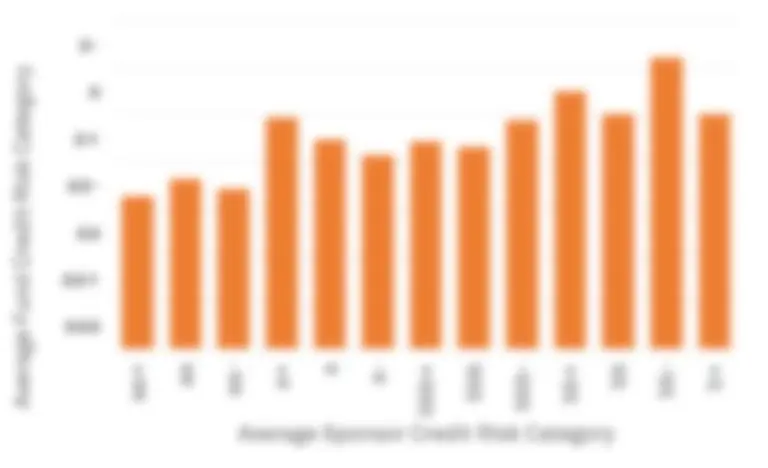Pension provision is changing globally, with a move from defined benefit (“DB”, where the sponsoring company or public body takes the risk) to defined contribution (“DC”, where the saver takes the risk).
But while DB schemes are gradually being phased out, they still represent trillions of dollars spread across bonds, equities, real estate and various specialised assets. In some cases, they are fully funded, closed to new business, and “de-risked”. Others are running significant risks in the hope that they can eliminate their deficits; shortfalls have grown in recent years as low interest rates boost the value of liabilities.
Fully funded schemes are no longer a burden for their sponsor; but public bodies and private firms with significant DB pension deficits are under increasing scrutiny – what happens if the sponsor runs into financial trouble?
Figure 1 shows the relationship between the credit risk of a fund and that of its sponsor, covering 117 funds in UK, Canada, Australia and New Zealand. Figure 2 shows the same plot for 250 funds in the US [please continue below to access full report].
Figure 1: UK, Canada, Australia, New Zealand (117 funds)




